Pokémon Legends: Z-A, the latest game in Game Freak and Nintendo’s wildly successful monster-taming RPG series, has been out for a week now, and it’s safe to say that player reception to the title is…mixed, at best. There’s a lot that Pokémon Legends: Z-A does right, specifically as it relates to its changes to the game’s battle system and its willingness to try something different in a series that’s known to play it safe. But many of the changes implemented in Pokémon Legends: Z-A come off feeling like they’re one of two things — either Game Freak didn’t push the concept hard enough, or they tried something that ultimately backfired. With Legends: Z-A being a little bit of a disappointment, it’s a good time to think about some critical changes that the Pokémon franchise really needs moving forward.
Voice Acting
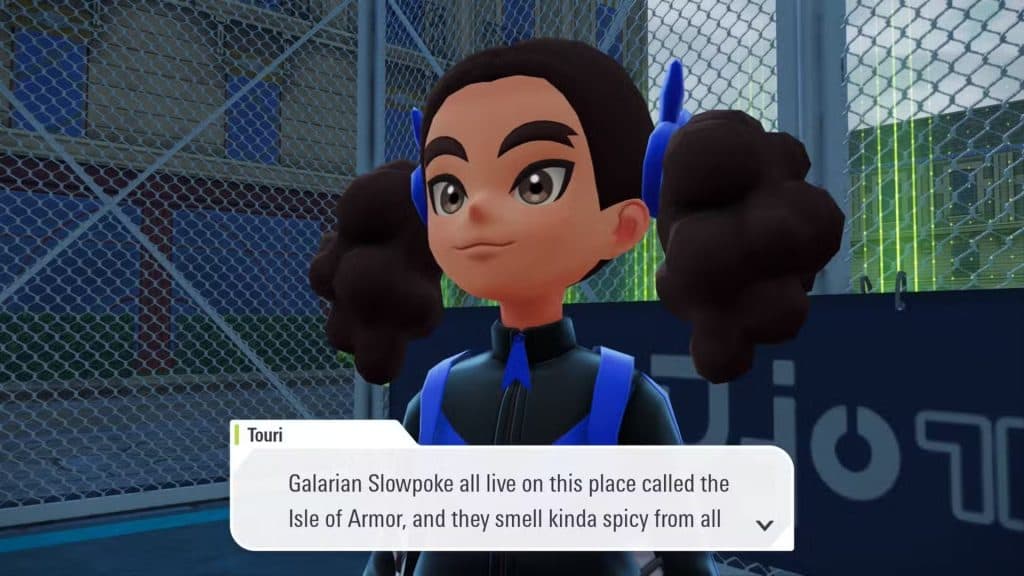
©Pokemon Legends Z-A gameplay screenshot – Original
If there’s one thing that Pokémon Legends: Z-A definitively proves, it’s that the Pokémon franchise is past due for implementing full voice acting. It’s a small change, but a big one that goes a long way towards getting players invested in a game’s story. And when you consider how much of a budget Game Freak is bound to be working with (let’s not forget that Pokémon is the most successful entertainment IP of all time), there’s really no excuse for Pokémon games not to be fully voice-acted at this point. A great example to look at here is Digimon Story: Time Stranger, which was likely made with a smaller budget than Legends: Z-A and still made it a point to include full voice acting for all of its dialogue — voice acting that also happens to be high quality.
Voice acting in RPGs is a “take it or leave it” aspect for some, with many old-school fans preferring to read and scroll through dialogue boxes at their own pace. But if the Pokémon games put the same amount of effort into storytelling and voice acting as, say, something like Final Fantasy VII Rebirth, it would go a long way toward making newer games in the series more immersive: something that the Pokémon franchise currently lacks.
A Strong Endgame
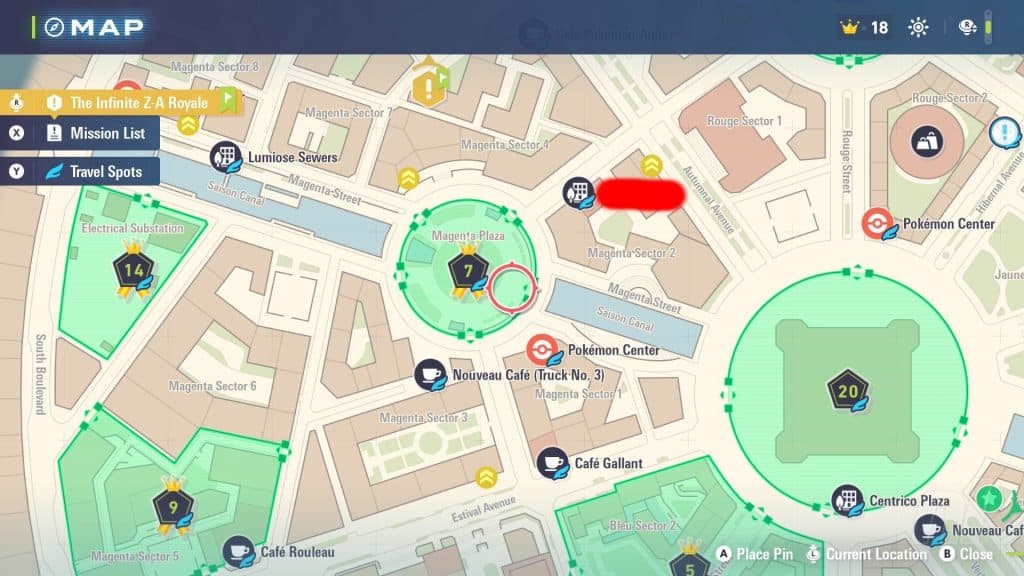
©Pokemon Legends Z-A gameplay screenshot – Original
Back during the “golden era” of Pokémon games on the Game Boy Color and Game Boy Advance, each new entry in the franchise seemed to have a better endgame than the last, with Pokémon Emerald arguably being where the series’ concept of a challenging and engaging endgame peaked. Since then, though, each new Pokémon game seems to treat the engame as little more than an afterthought, with the latest generations’ games being the biggest offenders. Since Pokémon Sword and Shield, the “endgame” of a new mainline Pokémon title amounts to little more than trying to fill your Pokedex or catch shiny/rare Pokémon. Pokémon Legends: Z-A does little to change that.
By the time you roll credits on Legends: Z-A‘s main story and push through to the endgame, there’s not much else to do that you haven’t already done. Sure, there are some new Wild Zones to tackle and a handful of new Pokémon that can spawn in each, but there’s nothing as robust and engaging as Emerald‘s Battle Frontier or Diamond and Pearl‘s Battle Tower. It’s high time for the next Pokémon game to bring back a challenging new area or endgame dungeon that forces players to switch up their strategy and formulate new teams of Pokémon, all while offering up a higher level of challenge than what’s on offer in the main campaign.
More Immersive Worlds/Environments
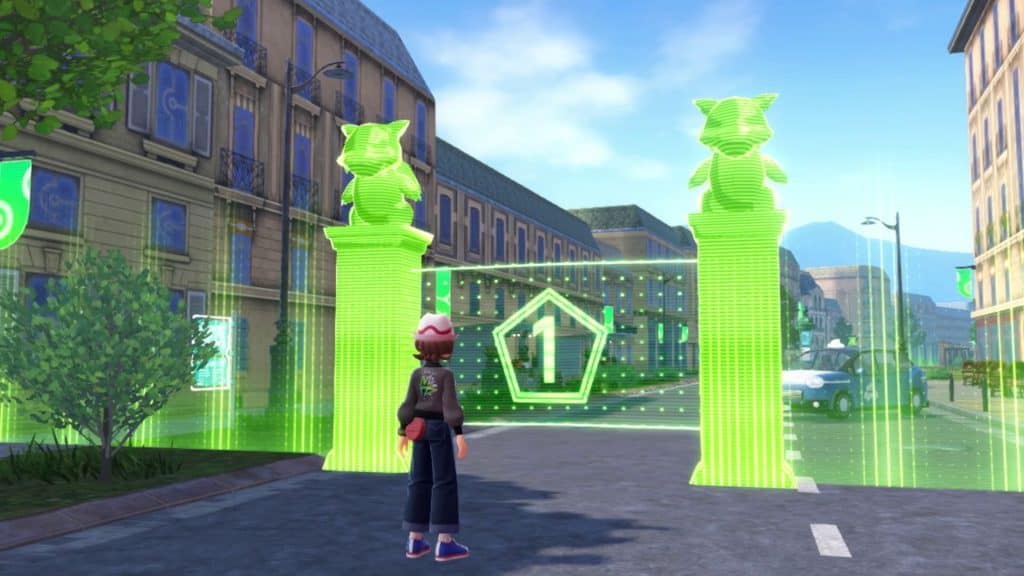
©Pokemon Legends Z-A gameplay screenshot – Original
This one almost goes without saying, but the gamble to make Pokémon Legends: Z-A a game that takes place entirely within the confines of a single city absolutely backfired. What could have been a sprawling metropolis filled with shops and other buildings to enter and bustling avenues filled with NPCs is actually a pretty lifeless and bland series of streets with barely any interior spaces to visit and copy/pasted assets that make navigation feel like getting through a maze. The next Pokémon game really needs to step things up when it comes to its environmental design, placing a greater emphasis on spaces that add to the immersion by allowing players to enter and exit buildings, engage with NPCs, and give off the impression that life goes on there when the player isn’t around.
Refinements to the Turn-Based Battle System
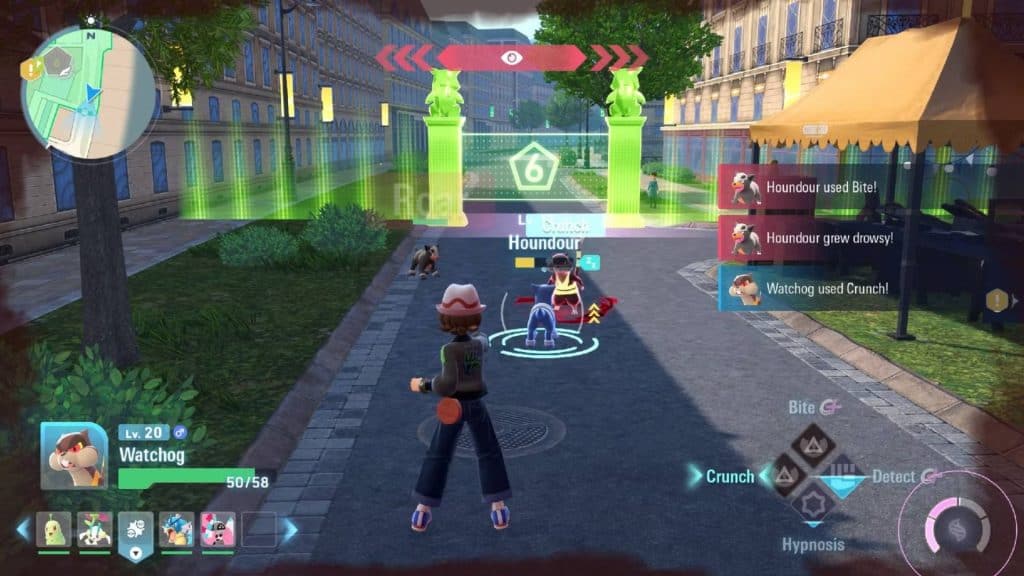
©Pokemon Legends Z-A gameplay screenshot – Original
To its credit, Pokémon Legends: Z-A, much like Legends: Arceus, makes refinements to the battle system that are enjoyable and a nice change of pace. The switch from the traditional battle system to a new quasi-real-time one where all abilities are on cooldowns and positioning actually matters is an interesting one, but it’s still hard not to feel like the series needs to do more. If the Legends games are where the franchise will continue to experiment, it’s about time for players to get to take direct control of the Pokémon they fight with.
On the flip side, a new Pokémon game that uses traditional turn-based combat needs to start implementing quality-of-life features that just about every other RPG has. Once again, the combat in Digimon Story: Time Stranger makes it hard to go back to a traditional Pokémon game after getting to experience its myriad features that make each encounter more engaging and swift. The Pokémon franchise needs auto-battling, more varied animations for different Pokémon abilities, and the introduction of controlling an entire team of Pokémon instead of just one creature at a time.
Better Textures & Lighting
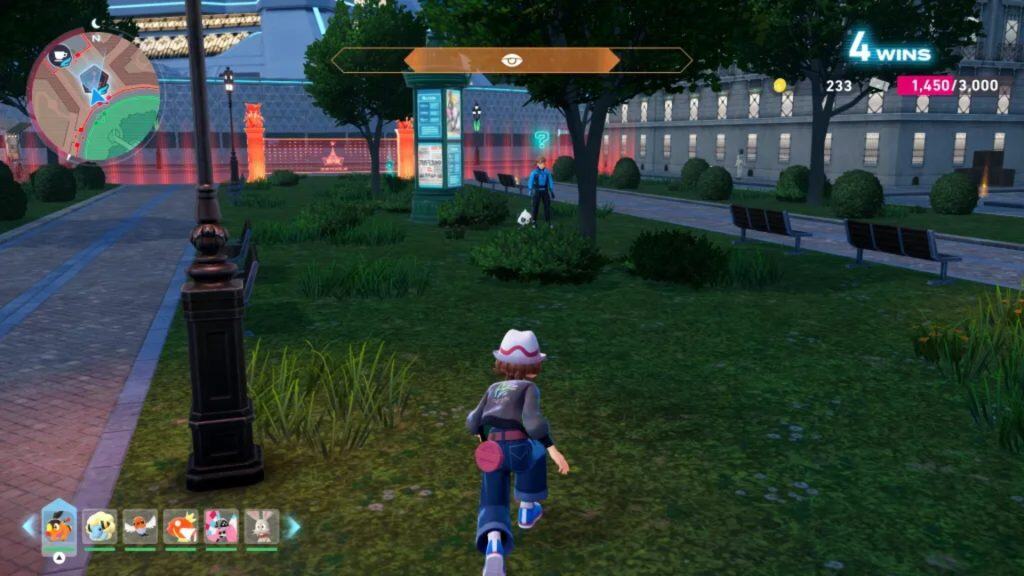
©Pokemon Legends Z-A gameplay screenshot – Original
Fans continue to poke fun at Game Freak’s apparent laziness when it comes to the visuals, performance, and overall technical state of each new Pokémon game, and it’s not without warrant. In comparison to just about every other major RPG franchise, Pokémon feels woefully behind, and that’s especially hard to ignore when you consider how successful the IP is. Pokémon games will always have a stylized, cartoonish look that fits the overall theme and audience for the series, but the Persona series proves that you can have stylish visuals still be technically impressive. Two areas that Pokémon Legends: Z-A highlights as a clear target for improvement are lighting and textures.
The emphasis on outdoor environments in past Pokémon games makes the urban setting of Legends: Z-A feel almost out of place, and that feeling is only made worse by how flat everything looks. If you can’t stop and enter buildings or engage with the city in a way that adds to the immersion, the least that Game Freak could have done is make the exteriors have some kind of dimension to them. Similarly, lighting is hit or miss in Legends: Z-A, with nighttime occasionally impressing with its use of shadows, but daytime casting a glare over everything that gives it an unnatural sheen. The next Pokémon game really needs to focus as much on the technical side of its visuals as its art direction.
More Character Customization Options
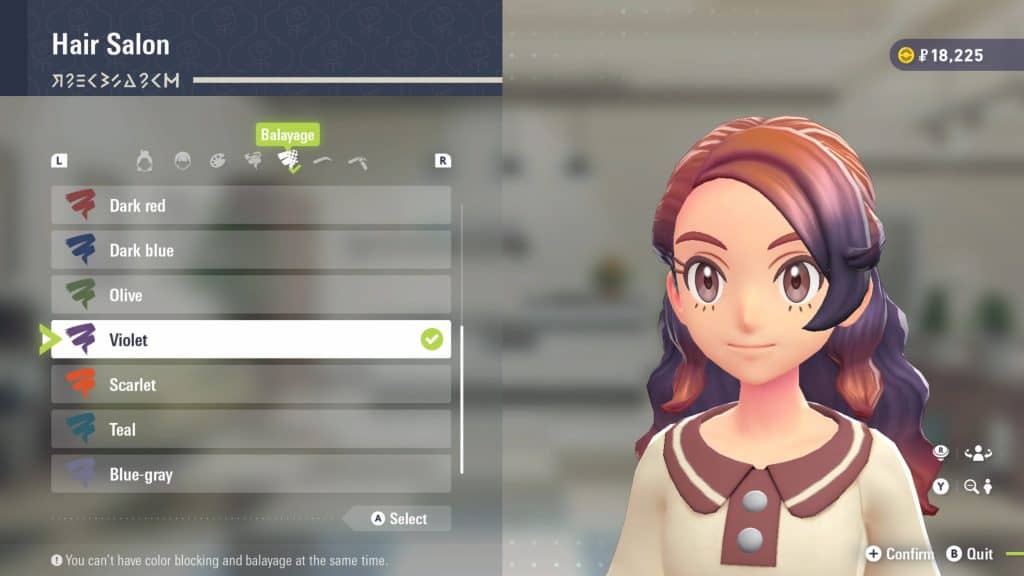
©Pokemon Legends Z-A gameplay screenshot – Original
Ever since the Pokémon series made the switch to allowing players to craft their own custom protagonist, it’s gradually improved and expanded the suite of options available for character creation. But it’s still a long way behind most other RPG series that do the same. Pokémon Legends: Z-A‘s character creator highlights just how antiquated the whole system feels in comparison to other modern RPGs, underscoring a need for the next game in the Pokémon franchise to do more than just let us change our hairstyle and outfits. The changes don’t even need to be as dramatic or groundbreaking as something like the character creator from Cyberpunk 2077; just give us more options to choose from when it comes to the changes and customizations we can make.
A Scaled-Back, But Dense, Open World
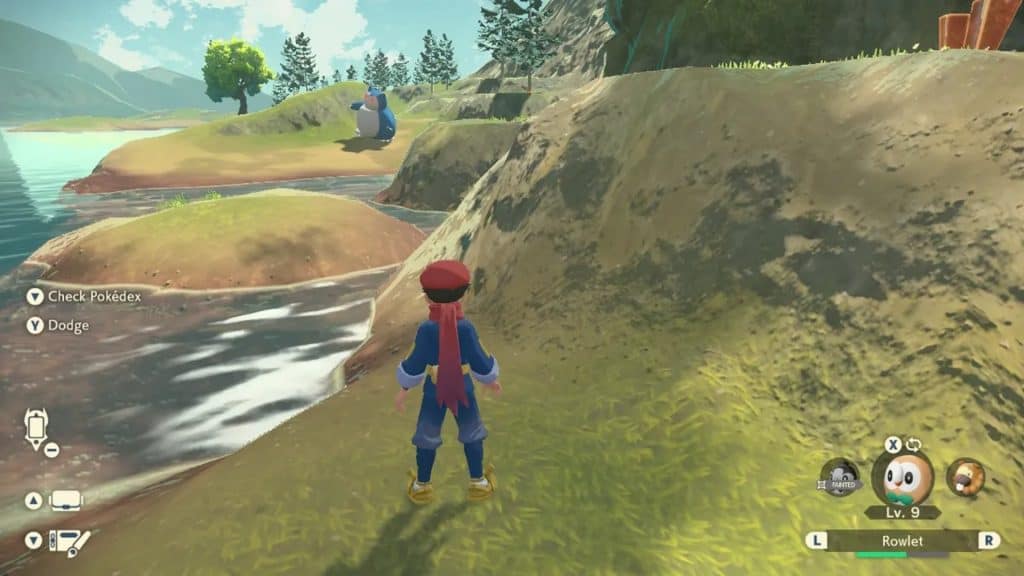
©Pokemon Legends: Arceus gameplay screenshot – Original
At this point, most Pokémon fans would agree that the series’ shift to an open-world format has been disappointing. The closest that we got to an engaging and feature-rich open-world experience was Pokémon Legends: Arceus, and it’s honestly been downhill from there. Scarlet and Violet were a major step back, even from Arceus, and Z-A‘s decision to switch to an urban setting and contain the game within a single city removes much of what fans love about the series as a whole — venturing into different biomes and catching all the Pokémon they need to fill up their Pokedex or round out their battle capabilities.
If the Pokémon franchise is going to continue using open-world settings, it needs to take a page from games like The Legend of Zelda: Breath of the Wild and Elden Ring. Players are less concerned with the sheer size and scale of an open-world map as they are with it being packed with meaningful things to do, and both of those titles understood that sentiment well. A dense, feature-rich open world with plenty of things to discover and stumble upon and some environmental diversity is really all the Pokémon series needs, and it’s something for which Game Freak has plenty of inspiration to pull from.
Meaningful Side Content
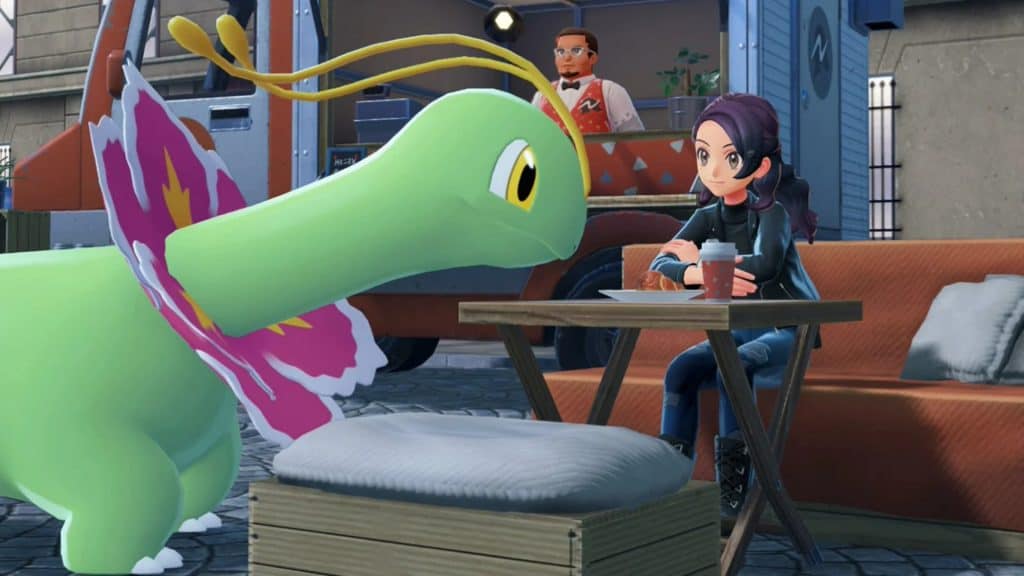
©Pokemon Legends Z-A gameplay screenshot – Original
In comparison to a lot of other modern Pokémon games, Pokémon Legends: Z-A has a ton of side missions. But as far as what those missions actually have you do, it’s not all that exciting. You can only beat a specific trainer, capture a specific Pokémon, or talk to a specific NPC so many times before it all starts to feel old, and frankly, we’ve been seeing lazy side quest design like this in RPGs for decades. It’s time for the next game in the Pokémon series to start implementing optional side content that either furthers new and interesting side plots, leads to hidden challenges, or lets players uncover secrets that would otherwise be inaccessible. And the process of getting there needs to be more interesting than just boring fetch quests and extensions of what you’re already doing on the critical path.
Better 3D Visuals, or a Shift to HD-2D
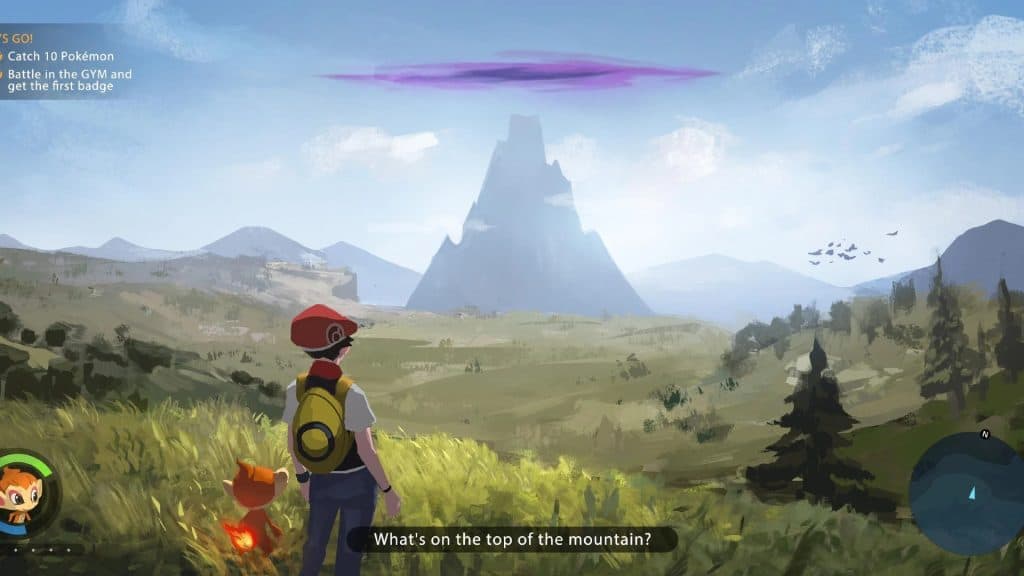
©Pokemon game concept – Original
Looking at the picture above, you’d be forgiven for thinking it was a screenshot from an upcoming new Pokémon game. Instead, it’s a fan-made concept photo of what an open-world 3D Pokémon game can and should look like, and it’s from several years ago. Frankly, if a fan can make a concept for an open-world Pokémon game that looks this good, it’s shameful that Game Freak has given us the games it has with the amount of resources at its disposal. There’s no reason for the next Pokémon game not to aim high when it comes to its visuals, giving players the Pokémon-meets-Breath of the Wild aesthetic that they’ve been dreaming of since the Switch was first revealed (something even more possible now with the Switch 2).
But in all honesty, the series might not need to continue down the 3D path. Instead, a new Pokémon game may benefit from a newer trend in RPG visuals that’s proven to be incredibly successful for some other noteworthy franchises. Rather than try to play catch-up with other modern RPGs, the next Pokémon game could go back to 2D pixel art using the HD-2D style popularized by Octopath Traveler, giving players the best of both worlds when it comes to making its worlds immersive, dense, and visually impressive while also feeling like the Pokémon games we grew up with.
Dynamic Difficulty
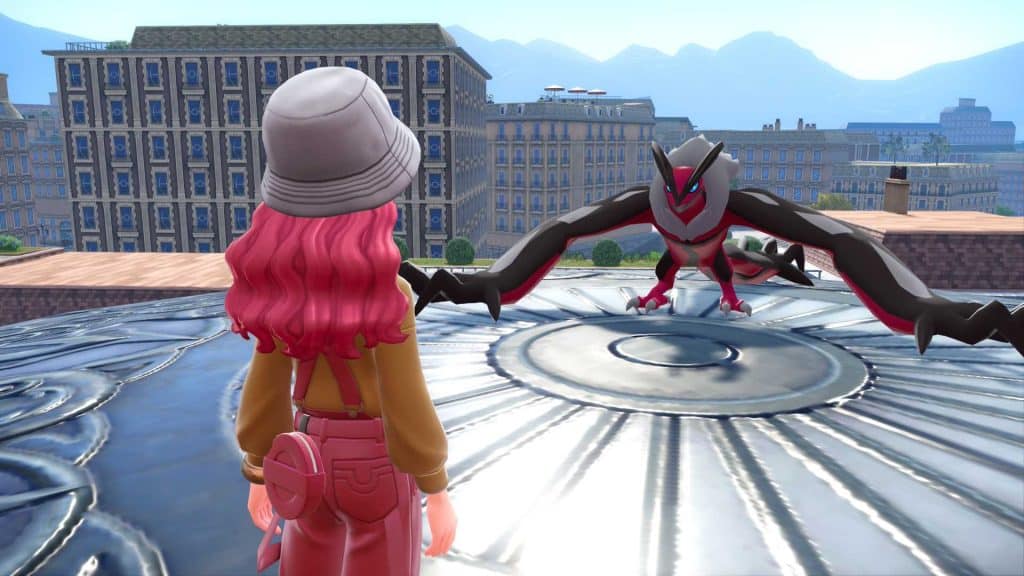
©Pokemon Legends Z-A gameplay screenshot – Original
Those of us who grew up with the Pokémon games or were already invested in RPGs by the time that Red and Blue came out are, admittedly, not the real target audience for the series’ newer entries. These are games that, ultimately, have a younger player base in mind, and as such, they tend to skew easier when it comes to their difficulty. But when it comes to Pokémon Legends: Z-A, the tendency for the game to hold the player’s hand is almost egregious. If Pokémon Legends: Z-A proves anything, it’s that it’s past time for the series to implement dynamic shifts in difficulty based on player performance, and that unskippable tutorials are inexcusable.
The image featured at the top of this post is ©Pokemon Legends: Z-A artwork / Original
